 I’m always fascinated by the influence of cultures in a city. Even if the original population is long gone, a mark is left, a city is shaped.
I’m always fascinated by the influence of cultures in a city. Even if the original population is long gone, a mark is left, a city is shaped. 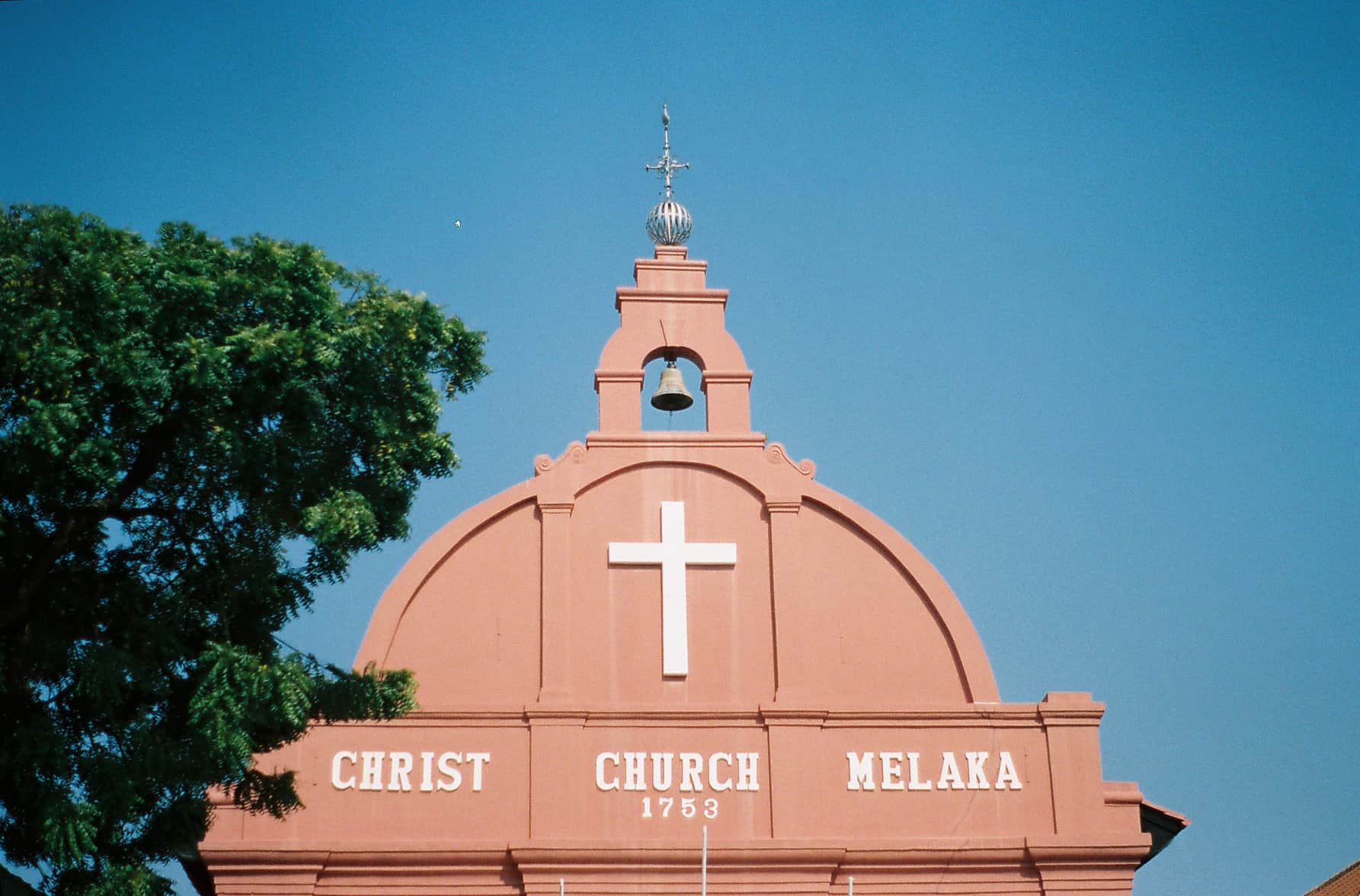 Melaka historically was a great port in Malaysia, which brought many different colonizing cultures to its banks– from the British, who ruled over Malaysia until 1956, to the Dutch and the Portuguese, who were here even earlier. Though the Dutch and the Portuguese and the British are gone, Melaka still retains the feeling of a city where cultures collide.
Melaka historically was a great port in Malaysia, which brought many different colonizing cultures to its banks– from the British, who ruled over Malaysia until 1956, to the Dutch and the Portuguese, who were here even earlier. Though the Dutch and the Portuguese and the British are gone, Melaka still retains the feeling of a city where cultures collide. 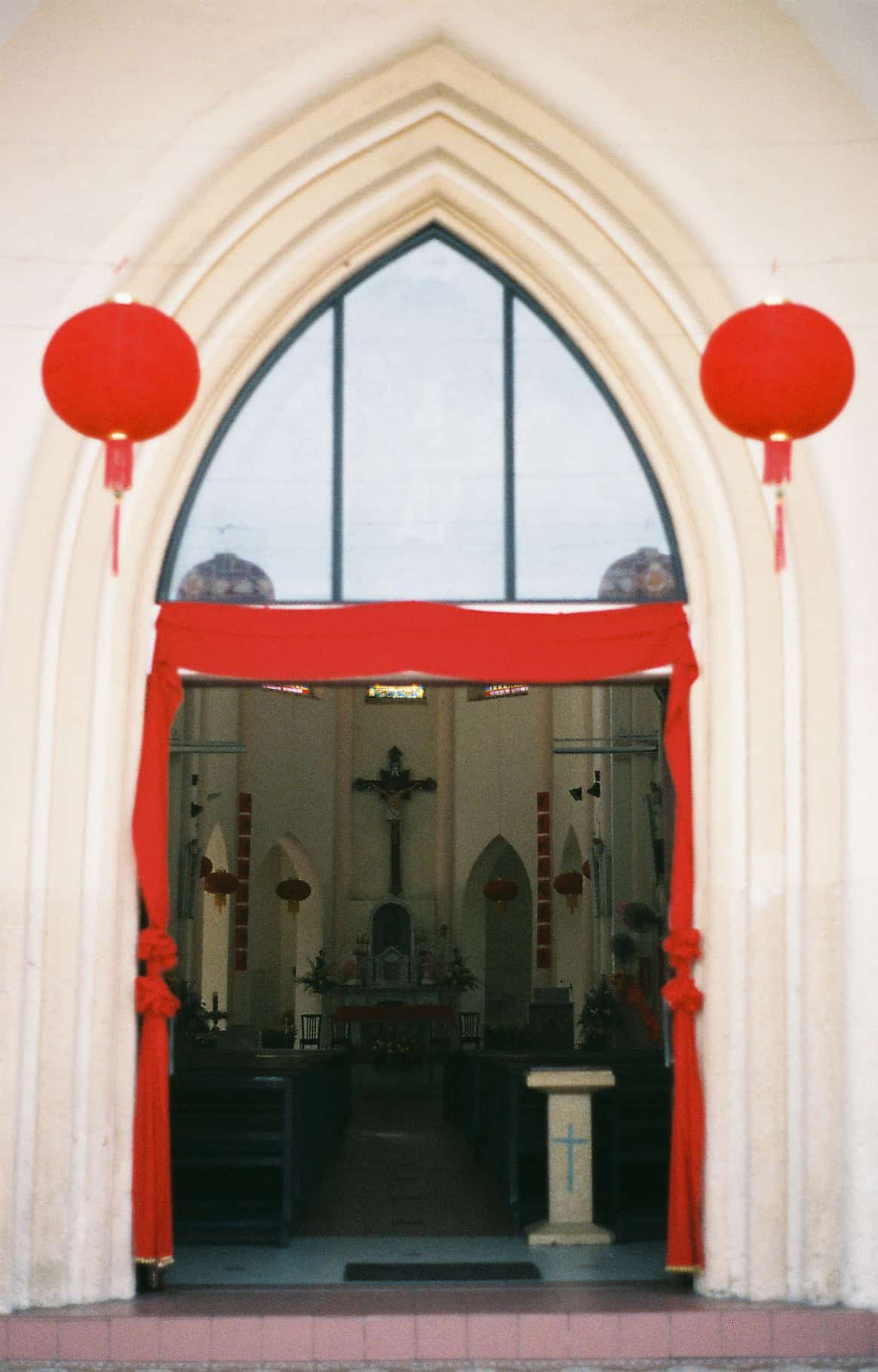 It’s a colorful, easygoing place. Melaka is a UNESCO World Heritage site and attracts a slew of tourists, but remains laid-back and lovely. Even the symptoms of tourism add a weirdo charm.
It’s a colorful, easygoing place. Melaka is a UNESCO World Heritage site and attracts a slew of tourists, but remains laid-back and lovely. Even the symptoms of tourism add a weirdo charm. 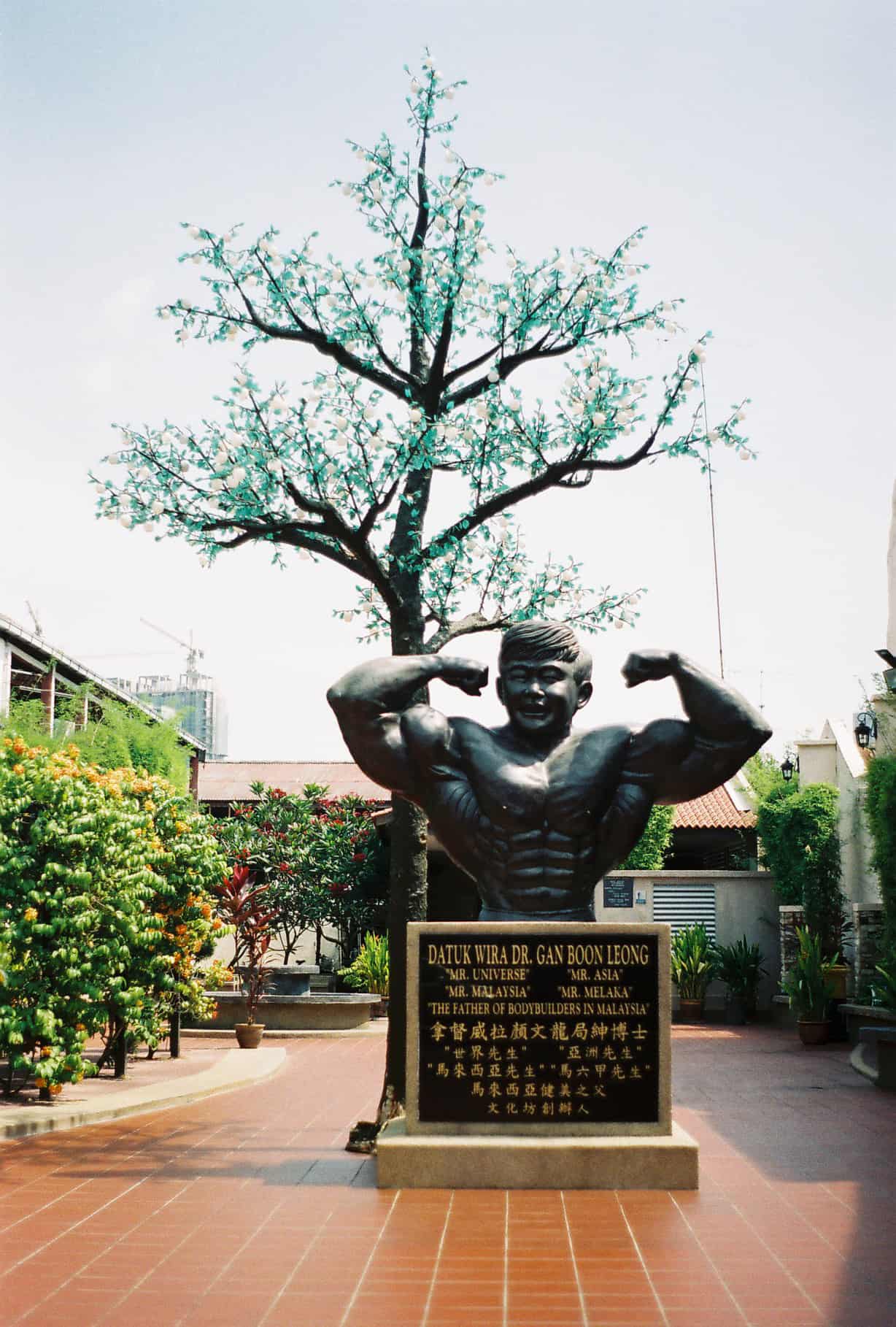
 The bicycle rickshaws covered in splashy flowers and Hello Kitty and blaring 90’s pop are so perfectly kitschy. Jonker Street, the main shopping thoroughfare, can be sort of cheesy– does Melaka really need a Hard Rock Cafe?– but lively. I found the energy of Jonker Street unexpectedly addictive, especially at night. Strolling the sidewalks, you’re as likely to pass stinky stands selling durian fruit as you are clothing boutiques with loud music spilling into the street or ladies hawking jewelry.
The bicycle rickshaws covered in splashy flowers and Hello Kitty and blaring 90’s pop are so perfectly kitschy. Jonker Street, the main shopping thoroughfare, can be sort of cheesy– does Melaka really need a Hard Rock Cafe?– but lively. I found the energy of Jonker Street unexpectedly addictive, especially at night. Strolling the sidewalks, you’re as likely to pass stinky stands selling durian fruit as you are clothing boutiques with loud music spilling into the street or ladies hawking jewelry.  I was only in Melaka for a day and a night, but I had a mission during my stay. My friend and KL host, Azali, informed me that not only was his family from Melaka, but a great-uncle kept their family house maintained as a free museum. I was determined to find it, and explore my friend’s history. Lucky for me, the route from my hostel to the museum took me along the river, a most pleasant stroll and the best way to see Melaka.
I was only in Melaka for a day and a night, but I had a mission during my stay. My friend and KL host, Azali, informed me that not only was his family from Melaka, but a great-uncle kept their family house maintained as a free museum. I was determined to find it, and explore my friend’s history. Lucky for me, the route from my hostel to the museum took me along the river, a most pleasant stroll and the best way to see Melaka. 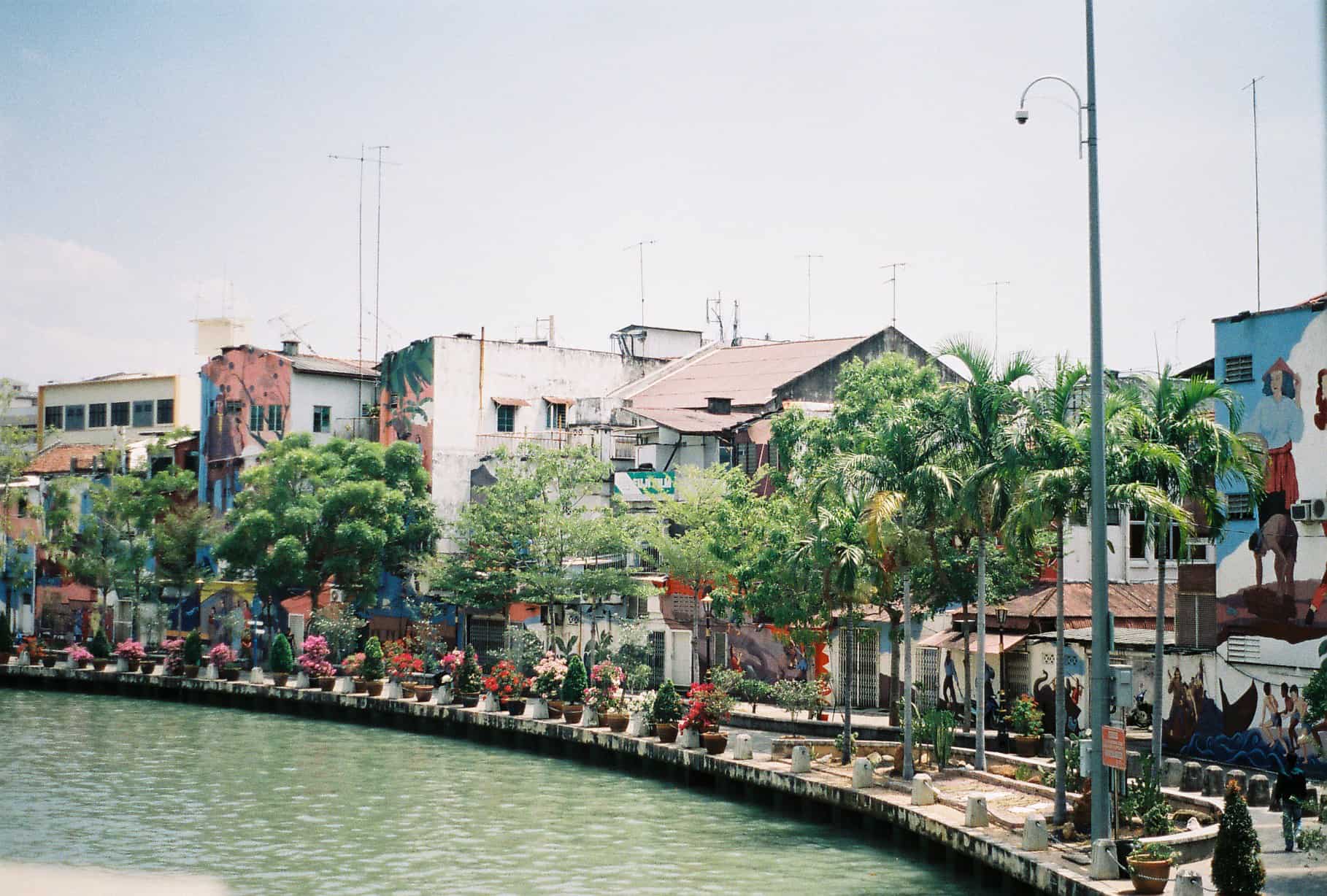 The walls of buildings that flank the water are streaked with graffiti and colorful murals. Flowers bloom and boats lazily glide and the air gets quieter and quieter as the river leads the way out of the tourist center.
The walls of buildings that flank the water are streaked with graffiti and colorful murals. Flowers bloom and boats lazily glide and the air gets quieter and quieter as the river leads the way out of the tourist center. 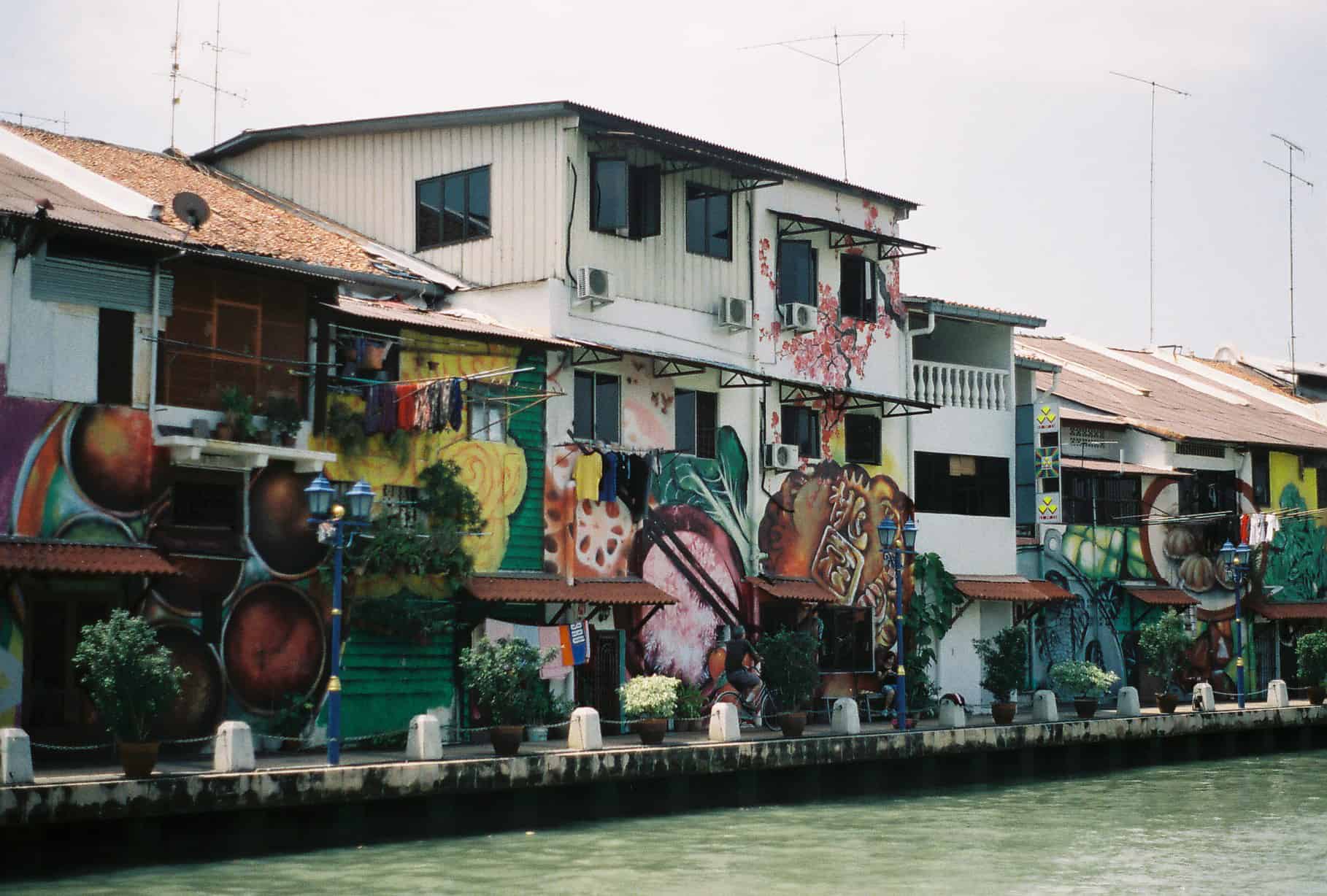 The beaming sun and the slow curves of the river lulled me into daydreams. After the hot bustle of Kuala Lumpur, this slow Melaka stroll made me feel like I was back in Penang. I think of myself as a big city girl, but these small quiet heritage cities were much more my jam in Malaysia.
The beaming sun and the slow curves of the river lulled me into daydreams. After the hot bustle of Kuala Lumpur, this slow Melaka stroll made me feel like I was back in Penang. I think of myself as a big city girl, but these small quiet heritage cities were much more my jam in Malaysia. 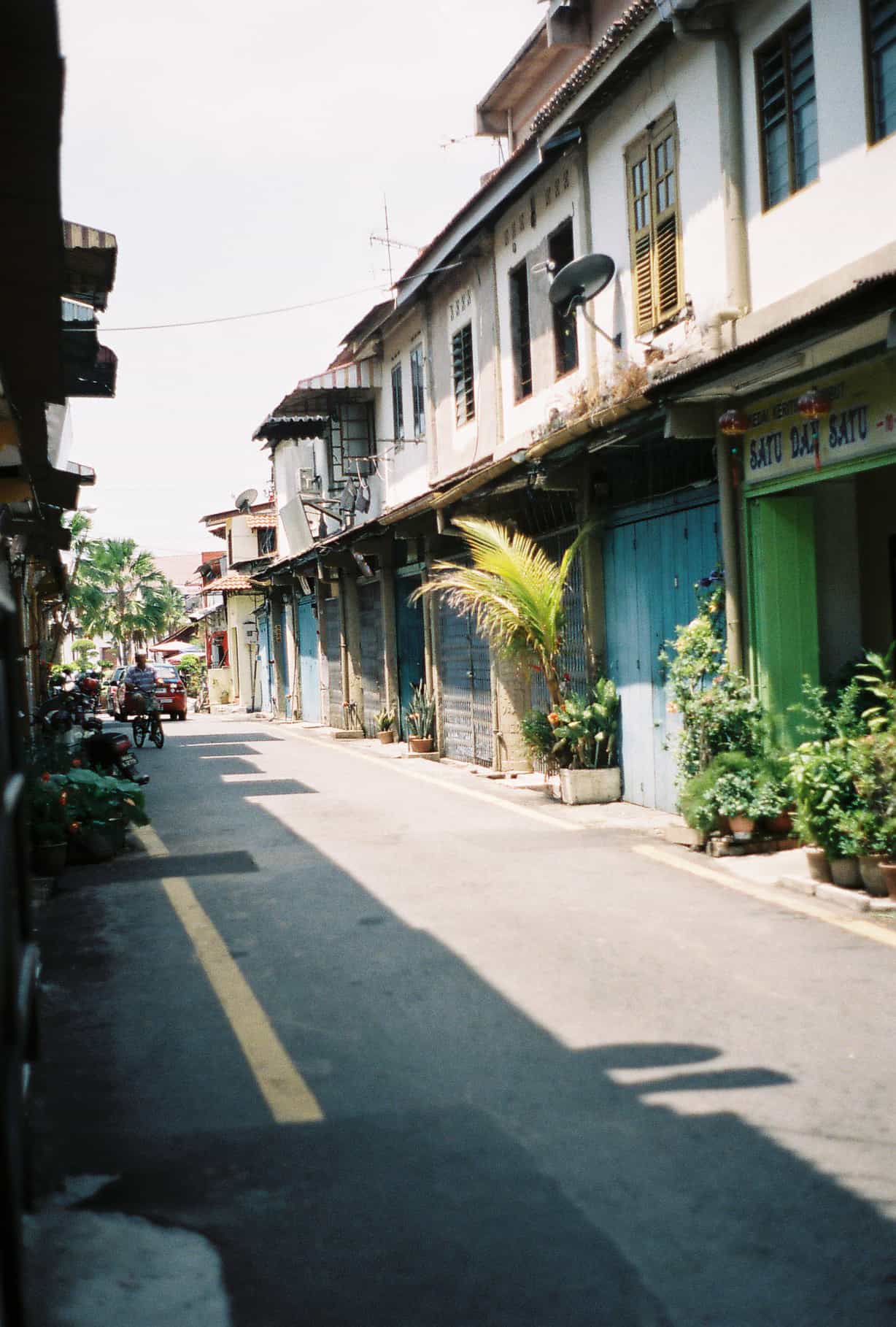 Azali’s Family’s Museum is called Villa Sentosa and is located in Kampung Morten, on the west bank of the river. It’s nestled into this residential neighborhood, where the river becomes hushed and the houses sit shaded side-by-side. Azali’s great-uncle welcomed me for a casual and informative tour through the house.
Azali’s Family’s Museum is called Villa Sentosa and is located in Kampung Morten, on the west bank of the river. It’s nestled into this residential neighborhood, where the river becomes hushed and the houses sit shaded side-by-side. Azali’s great-uncle welcomed me for a casual and informative tour through the house. 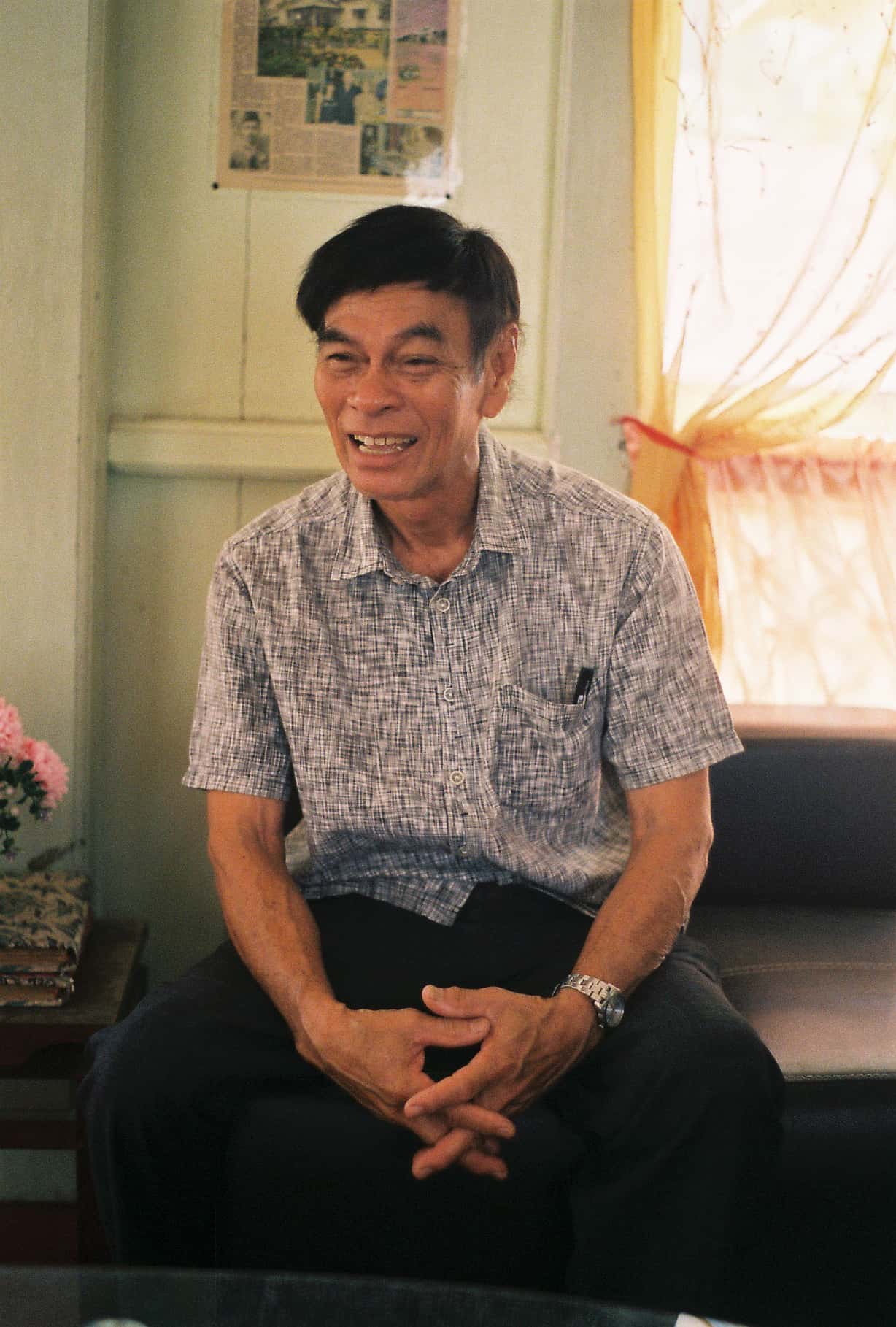 He talked about the practical design of the house, as well as the daily rituals and marriage rites and meals that this house has seen. The museum is more of a time-capsule of the family home, filled with history, tradition, and the stuff of regular life. It was this that kept catching my eye; for all the talk of marriage rituals and Melaka history, I was intrigued by the Simon and Garfunkel records on the wall, the ‘60’s-era floor fan, the old film cameras on shelves. This is not a museum that holds itself at a distance; this is a real slice of life. Villa Sentosa is an unusual tourist attraction, a piece of LIVING history. I highly recommend seeking it out.
He talked about the practical design of the house, as well as the daily rituals and marriage rites and meals that this house has seen. The museum is more of a time-capsule of the family home, filled with history, tradition, and the stuff of regular life. It was this that kept catching my eye; for all the talk of marriage rituals and Melaka history, I was intrigued by the Simon and Garfunkel records on the wall, the ‘60’s-era floor fan, the old film cameras on shelves. This is not a museum that holds itself at a distance; this is a real slice of life. Villa Sentosa is an unusual tourist attraction, a piece of LIVING history. I highly recommend seeking it out. 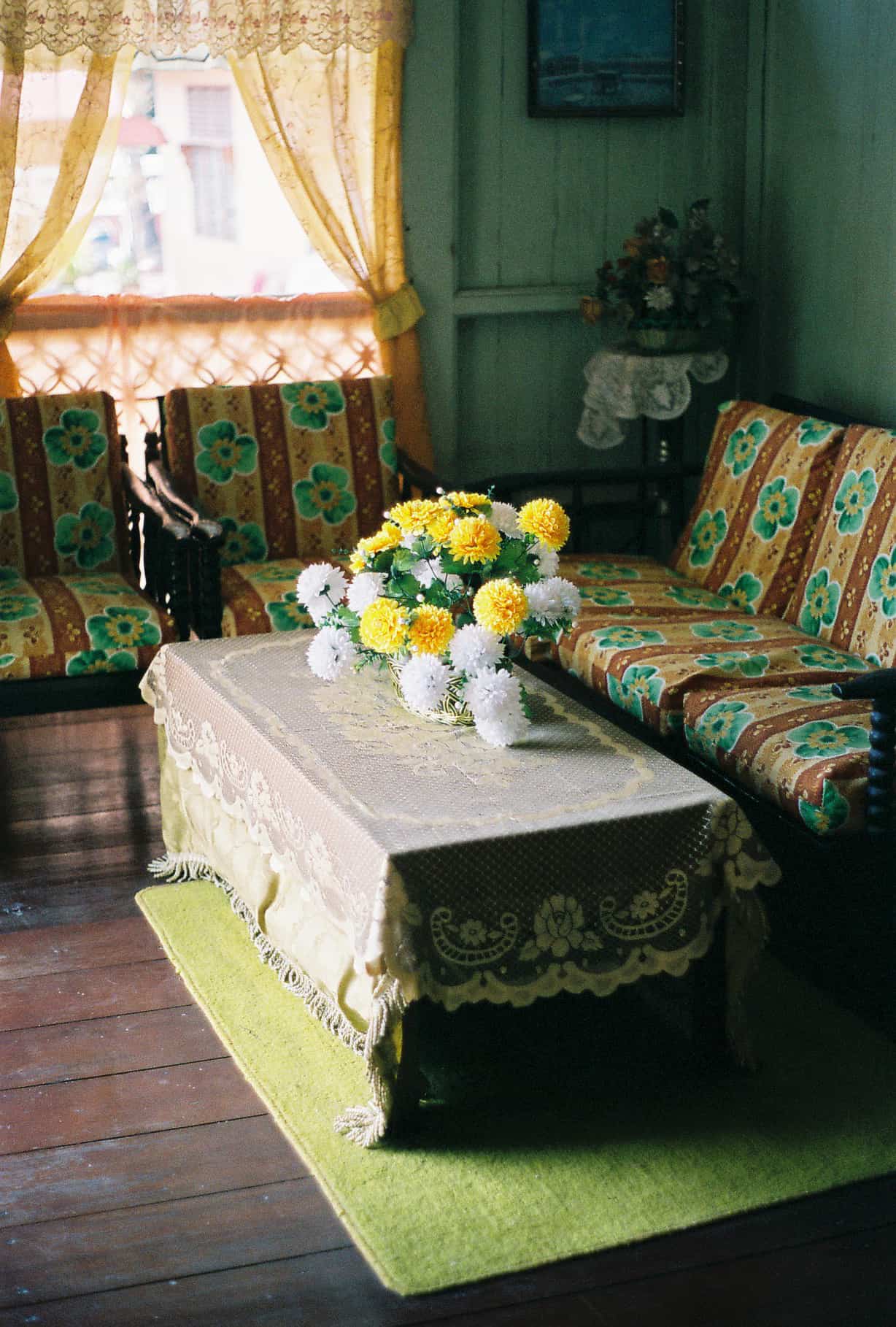
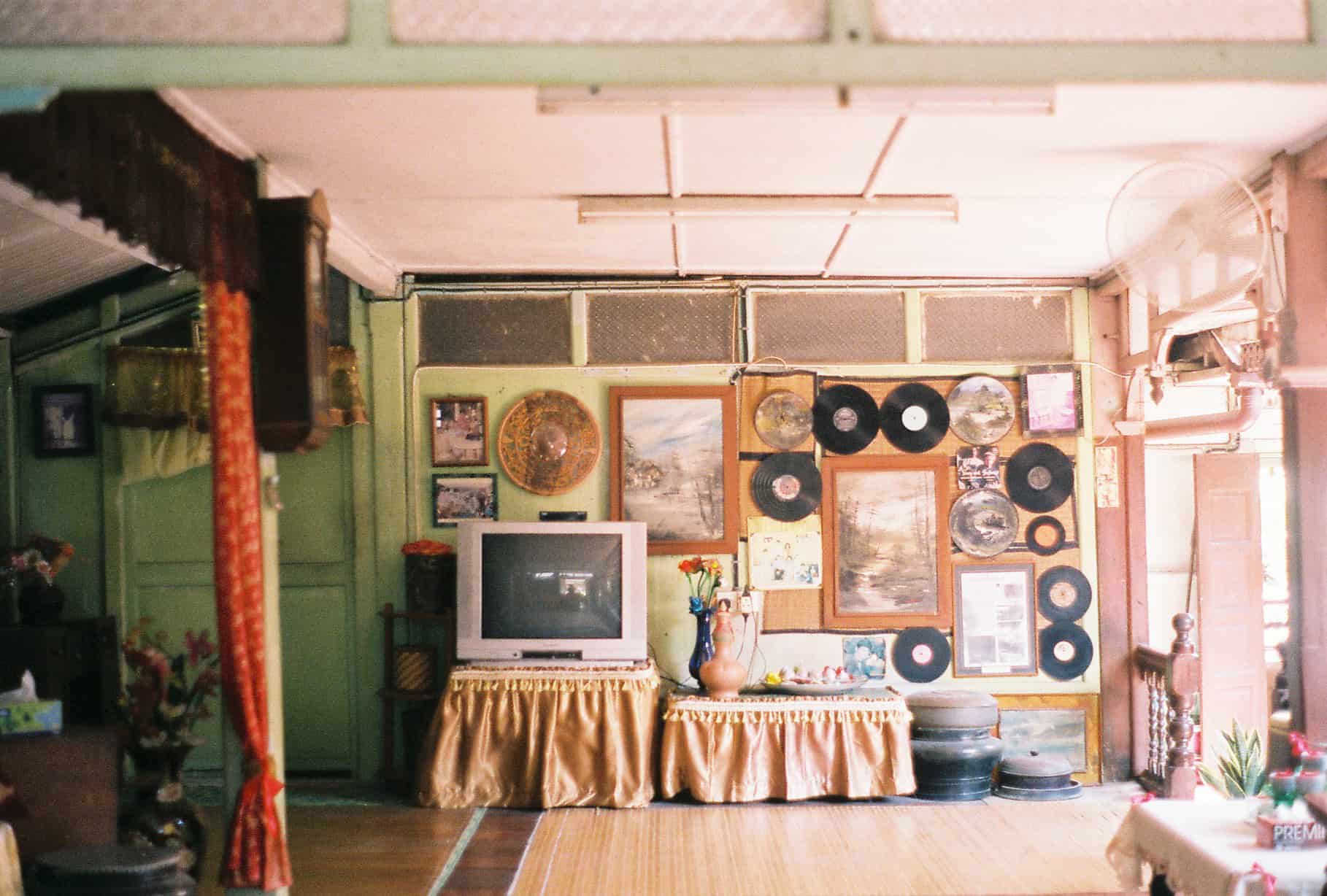 Melaka is a city revered for its history, so it was a treat to feel connected to this living history of the place. I loved Melaka’s old churches, colorful streets, heritage… but also its neat little suburbs, its exuberant wall murals, its present-day energy. What a cool little city. I would jump at the chance to return.
Melaka is a city revered for its history, so it was a treat to feel connected to this living history of the place. I loved Melaka’s old churches, colorful streets, heritage… but also its neat little suburbs, its exuberant wall murals, its present-day energy. What a cool little city. I would jump at the chance to return. 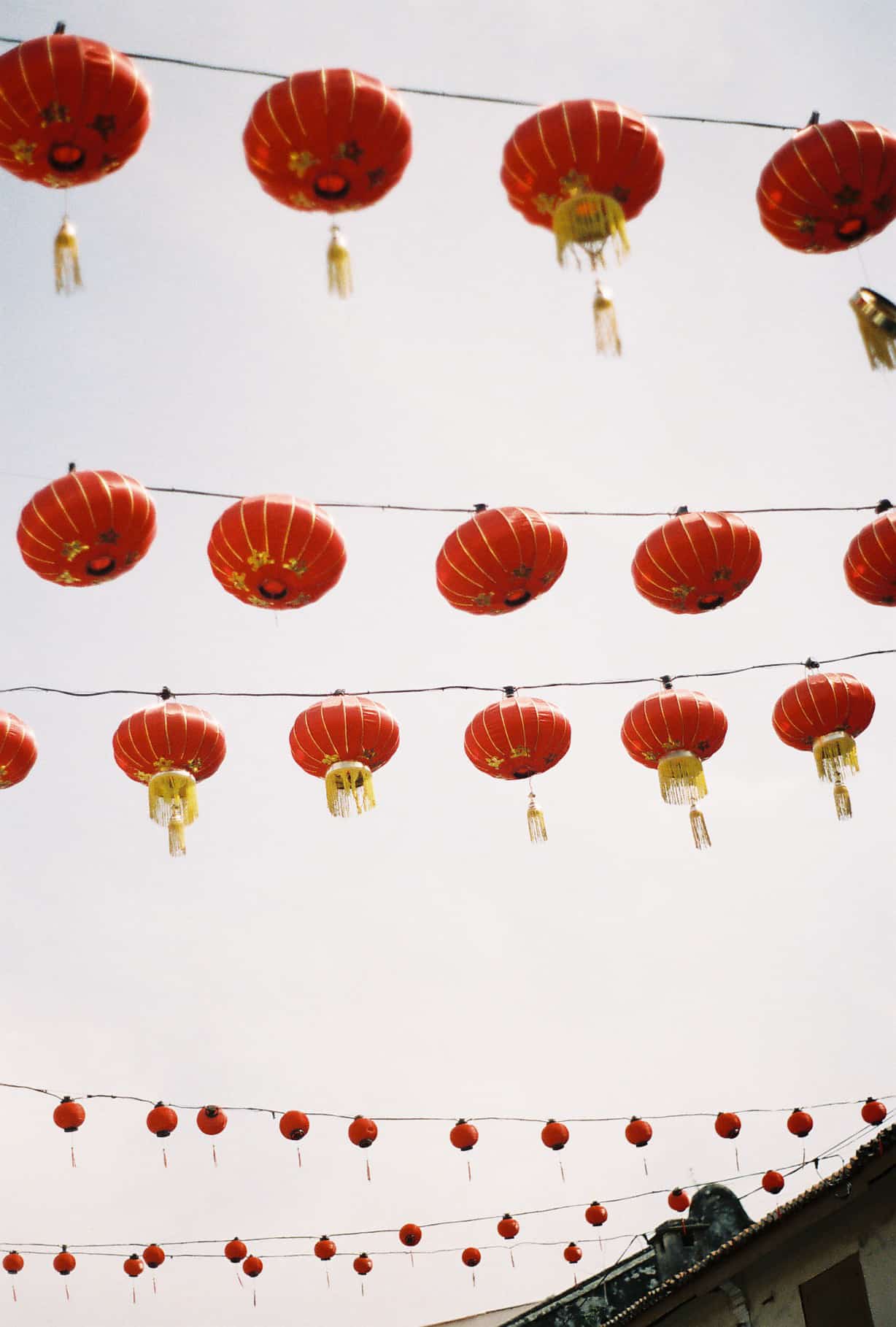
Previous Post
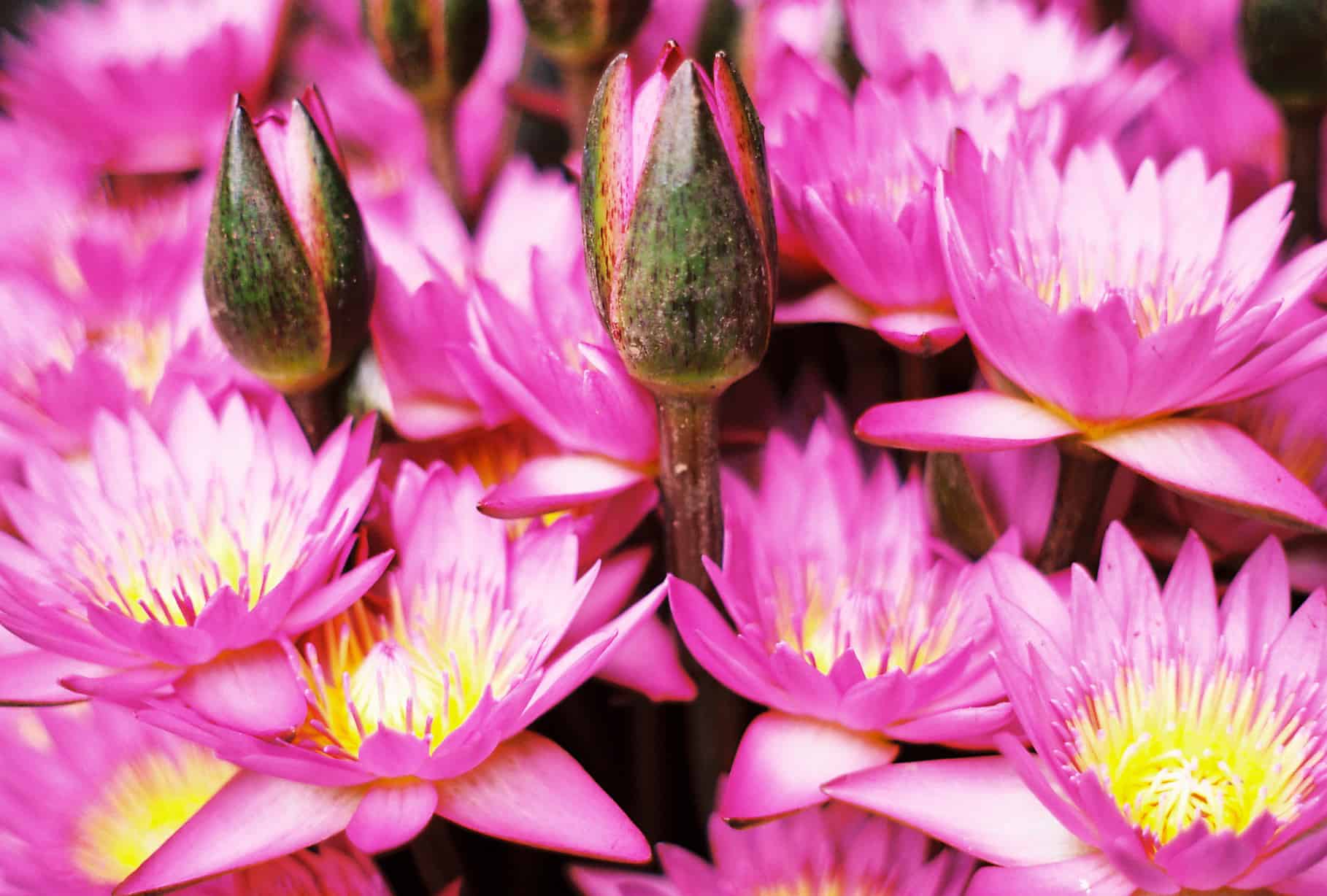
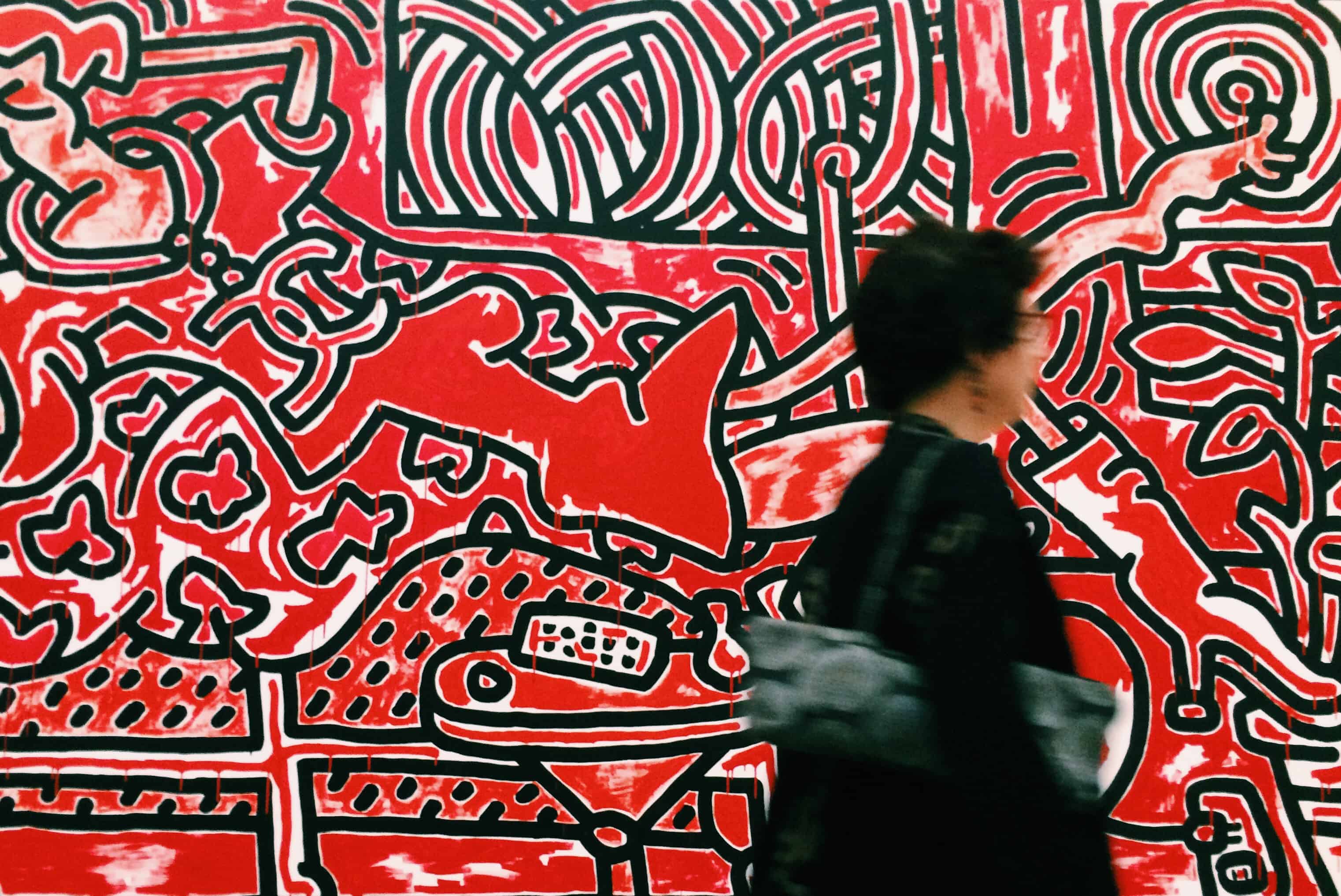
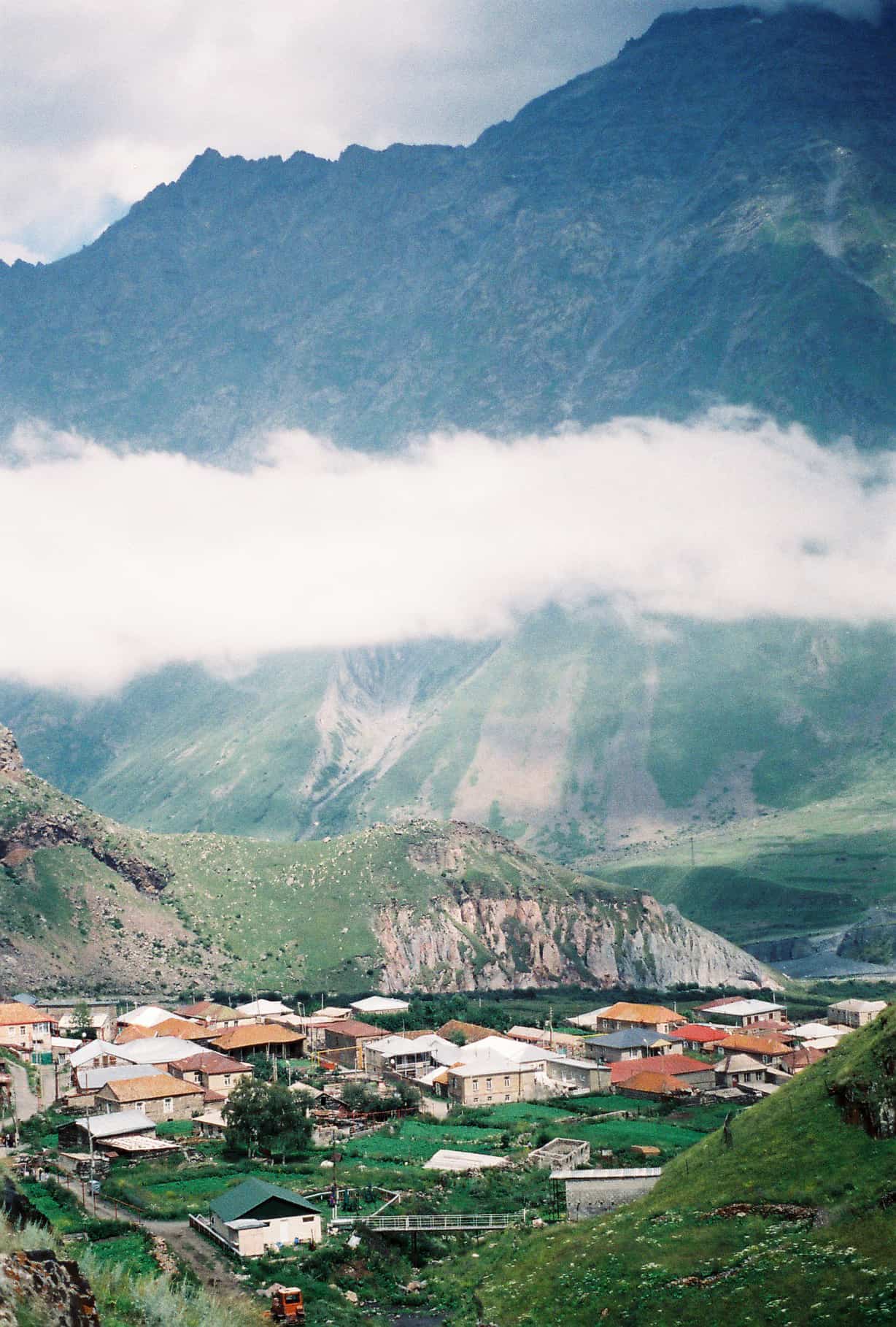
3 Comments
Nowhere Nomads
May 4, 2014 at 7:31 PMLove your photos!
pollyheath
May 6, 2014 at 6:06 PMWow, what a stunning place!
conference call operator
October 5, 2014 at 5:41 AMHi there, You have done an incredible job. I will definitely digg it and personally suggest to my friends.
I’m sure they’ll be benefited from this site.